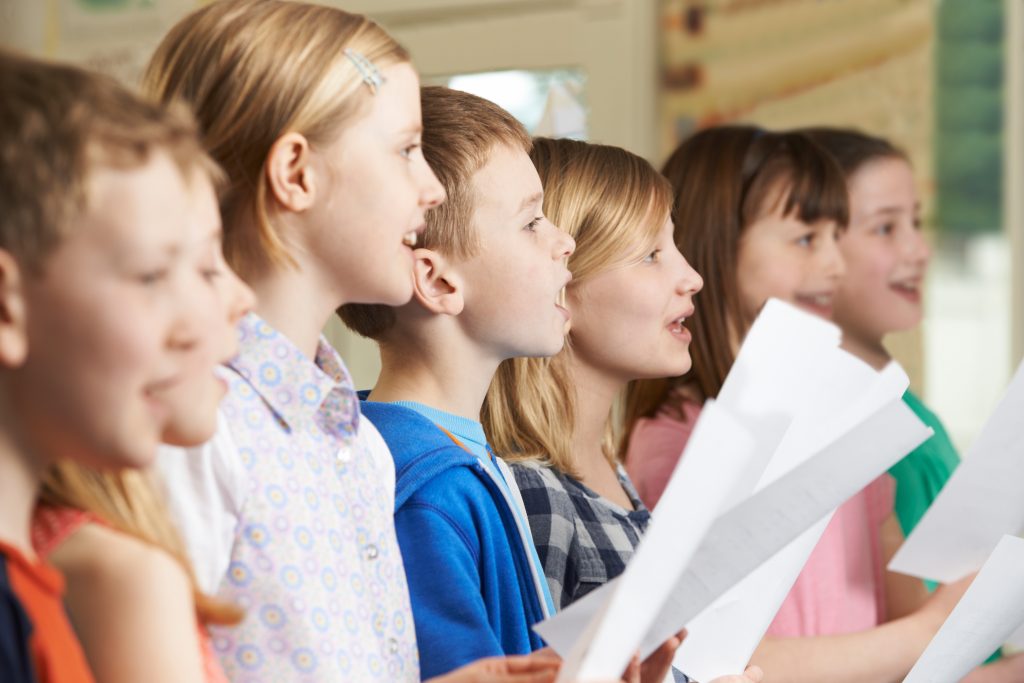
Preschool through 8th Grade: 3 Classrooms
There are many, perhaps more opportunities (because of the nature of the multigrade classroom) for children to work and develop at their own level on a continuous basis. Flexibility of grouping is beyond the normal range of ages and abilities and can benefit those children who are working below (or above) grade level in certain skills.

Students are continuously exposed to reteaching, as they listen in on, and benefit from, lessons being given to younger students. This review of the basics reinforces and clarifies a child’s understanding, even when they may be working at a more advanced level.
Students are also exposed to pre teaching (“eavesdropping” on teacher’s lessons and discussions with older students). This both prepares and stimulates the younger child’s thinking.
Academic, physical and social competition between peers is reduced, as is the anxiety and preoccupation of having to compete. Consequently, discipline measures are needed less frequently. The learning and social atmosphere is cooperative rather than competitive.

Prosocial behaviors and expectations are modeled by the older students. The teacher plays a key role (as all teachers do) in modeling and intentionally teaching these skills, but in a multigrade classroom, many models are available for younger students.
Older students have opportunities to genuinely help younger students learn. Their teaching helps them clarify their own learning. The cognitive development and self-worth of both younger and older students are improved. In single grade classrooms, this is experienced in “Buddy” activities, but in a multigrade classroom, this is happening all the time.
Multigrade classrooms are less homogenous than single grade classrooms, therefore differences are the norm and more easily accepted.

All children are expected to work independently at different times during the day. They receive more intentional training to be independent workers. Self-discipline and accountability increases as student improve at working independently.
Lengthier time with the same teacher can increase trust, understanding of expectations, and positive relationships between teacher and students, and teacher and parents.
Teachers continue to build upon their knowledge of each child’s interests, strengths and needs over the multiple years they teach a child. Sometimes it takes more than one school year to find out how a particular child learns best. Often, especially with high needs students, it takes more than one year for a teacher to see the results of his or her efforts; having the same child for a number of years allows us to reap – and enjoy – the fruit of our labor. Good for teacher morale; good for student success.

Effective learning time in the first term increases when children return to the same teacher in September.
Children who need a few more months to mature have time to develop; they continue with the same teacher, and carry on at their own level, despite a new grade designation.
Children who are academically advanced or lagging, can easily take part in higher or lower level skills, while maintaining interactions with peers.